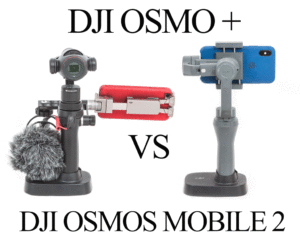 Whether you are a seasoned pro looking to get high-quality match video to showcase your sponsor’s products and expand your social media standings, or just an average competitor shooter hoping to record some match footage for great memories and post-match lessons learned, match video is important. While most every mobile phone out there these days can take impressive video, there are other factors to consider when capturing good match video. Chief among them is the capability to shoot stabilized video. Nothing looks more amateurish and turns away viewers than video that’s bouncy and shakey – some people can get physically ill trying to watch such footage. Unfortunately if you hand your range buddy your phone to video your stage run, and he’s chasing after you and the RO trying to keep you centered on the screen, the footage is going to look very shaky. To get stabilized video, a device called a gimbal (also called a 3-axis gimbal) is required. A gimbal functions by using a series of servos (motors) to actively counter forces caused by movement which can negatively impact a stable shot. It’s like your phone is riding in a cloud and “floats.” When I decided I wanted to get a gimbal to record both my practice and my matches, I heavily researched the increasingly popular 3-axis gimbal product segment and settled on the segment leader – the DJI Osmo Mobile 2.
Whether you are a seasoned pro looking to get high-quality match video to showcase your sponsor’s products and expand your social media standings, or just an average competitor shooter hoping to record some match footage for great memories and post-match lessons learned, match video is important. While most every mobile phone out there these days can take impressive video, there are other factors to consider when capturing good match video. Chief among them is the capability to shoot stabilized video. Nothing looks more amateurish and turns away viewers than video that’s bouncy and shakey – some people can get physically ill trying to watch such footage. Unfortunately if you hand your range buddy your phone to video your stage run, and he’s chasing after you and the RO trying to keep you centered on the screen, the footage is going to look very shaky. To get stabilized video, a device called a gimbal (also called a 3-axis gimbal) is required. A gimbal functions by using a series of servos (motors) to actively counter forces caused by movement which can negatively impact a stable shot. It’s like your phone is riding in a cloud and “floats.” When I decided I wanted to get a gimbal to record both my practice and my matches, I heavily researched the increasingly popular 3-axis gimbal product segment and settled on the segment leader – the DJI Osmo Mobile 2.
Let me first stay that for most shooters out there, the DJI Osmo Mobile 2 will be a perfectly acceptable solution. On the plus side, it’s pretty easy to set up and use. I’ve used several gimbals, and the huge downside to nearly everyone I’ve ever tried to use is the initial calibration that has to be done prior to each and every use. The Mobile 2 however doesn’t seem to require re-calibration as often as do other devices I’ve used once it’s initially done. Just put your phone in the cradle, power on the device, and the powerful motors of the Mobile 2 can maintain the position of your phone. You’ll also need to fire up the DJI Go app on your phone, and it will need to pair with the Mobile 2. Usually, this step is pretty quick..other times not so much. So using the Mobile 2 requires a bit more set up time then just tossing your buddy your phone after your name is announced as the next shooter.
In terms of the video footage you can capture using the Mobile 2, you’ll no doubt be impressed. Ultimately the footage will only be as good as the camera on the phone you use with the Mobile 2, but it will be a huge improvement over non-stabilized video. Once you get the hang of using it, most shooters will find the DJI Osmo Mobile 2 will be a perfect solution to capturing great match and practice video, and at a retail price of about $135.00, it won’t break the bank. The iPhone Xs (which I currently own) takes absolutely stunning 4k video – when mated to the Mobile 2, it can produce truly professional results.
One nice feature the Mobile 2 has is a tripod mounting point in the bottom of the handle. I’m probably not going to need to put my gimbal on a tripod at a match, but I most certainly will want to when I’m at the range practicing. I can’t exactly shoot and video myself when I’m along practicing. That’s also why I bought the DJI Osmo base (which is shown in all of the above photos). If I need the adjustability of a tripod, I can use it. But usually, it’s just quicker and easier to put the Mobile 2 on the base, then set it on a barrel or table that’s in the practice bay I’m using. Another possibility the tripod mount opens up is using a two-camera set-up during a match or practice. You can tripod mount the Mobile 2 in one static location, and have someone running a second camera behind you. Options are good.
Perhaps the biggest problem I have with the Mobile 2 is that it can’t securely hold my iPhone Xs while using a battery case. The Mobile 2 will hold a mobile phone most securely when the phone isn’t in a protective case at all – the idea of which doesn’t thrill me at all. It does seem to hold my iPhone Xs while it’s in a regular Apple made iPhone case, but the added thickness of a battery case just won’t allow it to fit in the Mobile 2 cradle. For most people, this may not be a big deal. If you start the match with a fully charged battery, taking video of stage runs most likely won’t completely deplete your mobile phone’s battery. DJI advertises that the awesome battery on the Mobile 2 can charge your phone – it has a USB port in the handle for this purpose. This would be a GREAT feature if it worked while you were taking video, but unfortunately you can’t. You have to wait until you’re done taking video, then hook up a charging cable and charge your phone – the Mobile 2 acts like a portable battery in this regard. At best, though this feature gives me the ability to charge my phone when I’m not shooting. That’s certainly is something, but less than ideal.
Another missing capability of the Mobile 2? There’s no way to hook up an accessory microphone – at least there isn’t with an iPhone. Depending on the microphone pickups of the phone you’re using with the Mobile 2, this might not be a deal breaker. The microphones in the iPhone Xs are actually pretty remarkable – but I’d still prefer the ability to hook up a separate mic in some situations, both on and off the range.
With all these little shortcomings to the DJI Osmo Mobile 2, I began looking at some alternative devices, which lead me to the DJI Osmo+:
On paper, the Osmo+ seemed to address all the issues I had with the Mobile 2. Like the DJI Osmo Mobile 2, the Osmo+ is at its core a gimbal. But instead of having a cradle to mount a mobile phone, the Osmo+ had its own 4k video camera with a 22-77mm zoom lens capable of 3.5× optical and 2× digital lossless zoom to capture video and photos. Because I’m not using my iPhone for taking video, I don’t have to worry about running down the battery by using it for video. The Osmo + accepts removable, rechargeable batteries – two of which would likely get you through any match, but I purchased three. Technically, you will have to use a mobile phone with the Osmo+ to act as a monitor to see what you’re shooting and to run the DJI Go app. The Osmo+ comes with a cradle that can mount to the side of the Osmo+ to hold a mobile phone. In my case, I had a spare iPhone – an iPhone 6s that I kept in case I broke or lost my primary phone. I bought a $20.00 battery case for my iPhone 6s, and it fit perfectly in the Osmo+ phone cradle, as you can see in the photos above.
The Osmo + also has an auxiliary mic out port which allows the use of an accessory microphone. A popular microphone to use with the Osmo+ is the Rode Video Micro, which I’ve used with great success. It can be mounted pointed toward the action to capture sound coming from the shooter, or you can mount it toward the camera person to capture commentary:
Perhaps the greatest advantage the Osmo+ has over the Mobile 2 is the ability to use a wide variety of accessories. DJI makes a variety of mounting brackets which allow you to mount microphones, lights, and other useful accessories to the Osmo+. All of this added capability does come at a price – I’ve probably got about $600 in mine with all the accessory items I purchased. DJI actually discontinued the Osmo+ back in August of this year, and several sites, including Amazon have been selling the Osmo+ at a discounted price.
The cost will likely be outside what most amateur, hobbyist shooters will want to spend. But make no mistake that the Osmo+ is capable of producing extemely professional video. I ran into John Scoutten of the TV Show SHOOTING USA when I was at the US Steel Nationals – and he was using a DJI Osmo (which is one version older than the Osmo+ I use). He indicated they use it quite a bit to get “B” roll footage for the show – so it is capable of producing professional-grade footage.
The Osmo+ does have some other downsides. For one, it’s intimidating. Anyone whom you want to take video of you will most certainly need some basic instruction – that goes for the Mobile 2 as well. Also, given that the camera is 2 years old, it may not take as good of video footage as what your mobile phone can do. I’ve been extremely impressed with the footage I’ve shot on the Osmo+, but my iPhone Xs can indeed beat it – particularly in low light conditions. Though the optical zoom on the Osmo+ is a GREAT capability that is tough to beat.
If top quality video and audio is a priority, and you can justify the cost accordingly, it’s tough to beat the capability and flexibility provided by the DJI Osmo+. But for $135.00, the DJI Osmo Mobile 2 is the best mobile phone gimbal on the market currently and works extremely well for what we do in the shooting sports.
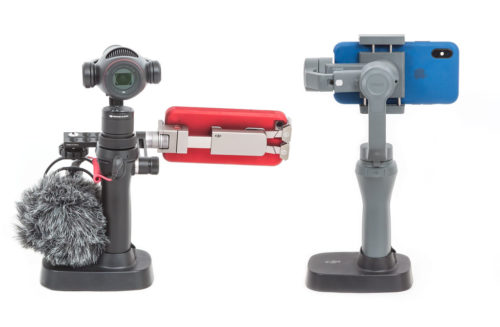 DJI has also JUST released a NEW gimbal with a built-in camera called the DJI Osmo Pocket:
DJI has also JUST released a NEW gimbal with a built-in camera called the DJI Osmo Pocket:
For the competitive shooter, this device just might be the ticket. It’s going to be smaller and more portable than either the Osmo Mobile 2 or the Osmo+. It has a screen built in which removes the need to hook up a mobile phone to it. The screen isn’t huge or super high-quality, but that’s OK – your buddy recording you just needs to be able to see that you’re in frame while you’re running and gunning. As of this writing, DJI is collecting pre-orders for the Osmo Pocket currently, but I’ve read several reviews and seen a ton of video footage the device can produce from journalists who received review samples of the device. My early impressions are that the video quality this little device can produce may well exceed what the Osmo+ can do (though it lacks the awesome zoom capability) and may even rival what the iPhone Xs can produce. The audio doesn’t seem to be as good as the video, but it’s going to be more than acceptable for match video – I just wouldn’t use it for vlogging style videos without an accessory mic. With a two-hour battery life, it’s going to be fine for recording a day of match video. The battery is integrated and non-removable (so extra batteries aren’t an option), but it won’t be a big deal to keep it hooked up to a battery when you’re not shooting and keep it charged.
The Osmo Pocket itself retails for $350.00 and seems positioned in the market to compete head to head with the GoPro HERO line of action cameras. Of course, there will be many accessories that DJI will be more than happy to sell you which you will likely both need and want, but for just handing your buddy the device and getting great match video, the Osmo Pocket unit may well be fine on its own. I plan to pick one up in a couple of months and test it out – look for my review well ahead of the 2019 competition season.
What about GoPro HERO?
So far, I’ve only discussed products from DJI that can help with getting top-notch match and practice video. I’ve also got quite a bit of experience using GoPro Hero cameras – I’ve had several versions through the Hero 5 Black which I currently own. The latest version is the Hero 7 Black, and it’s certainly impressive for what it is – strictly an action camera. The device is very good for what it does (particularly the new Hero 7 Black) but it’s less than ideal for obtaining match video. I personally think it’s too large/heavy to wear for 1st person perspective video (the old GoPro Hero Session cameras worked better for that application). Yes, the Hero 7 Black offers stabilization which is said to produce footage comparable to a gimbal mounted camera. But the way the Hero Black does it (digital via software) means your footage will be cropped. I also don’t particularly care for the GoPro “fisheye” video look as compared to other options.
Hopefully I start seeing a lot more stabilized video cameras out on the range and at matches!


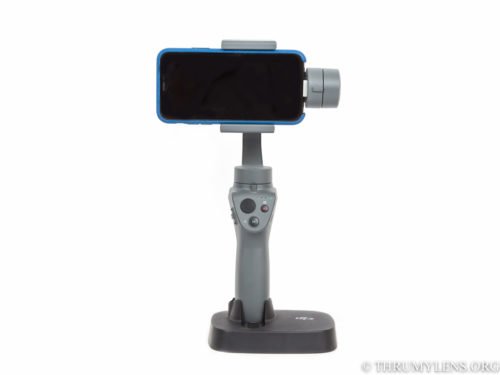
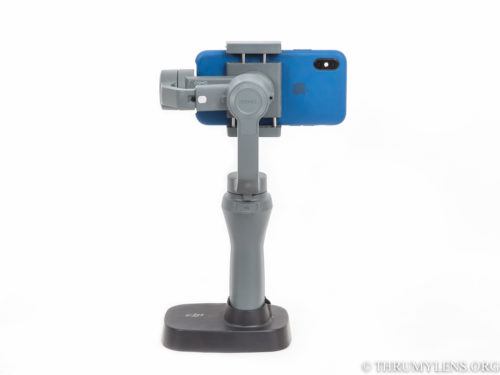
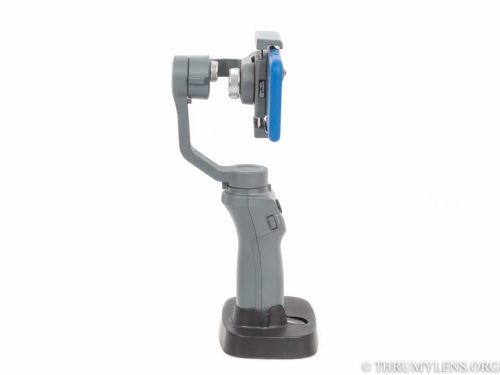
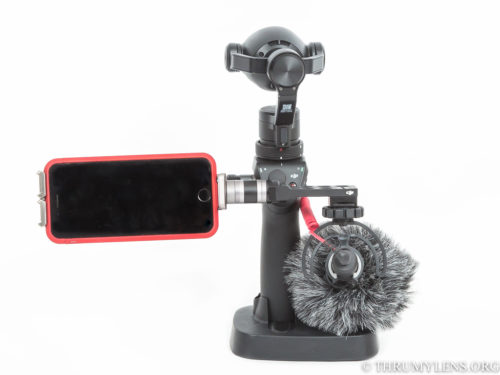
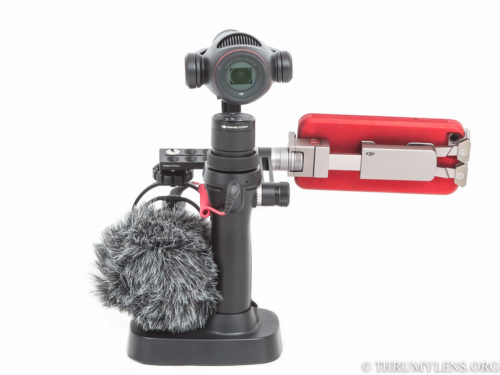
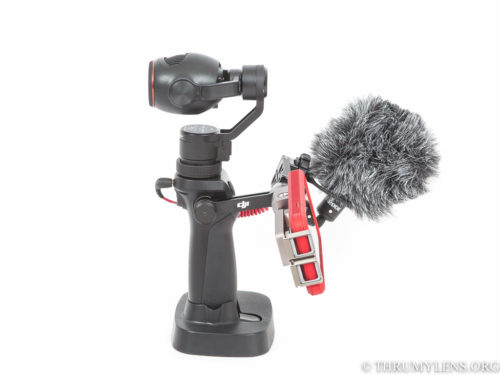
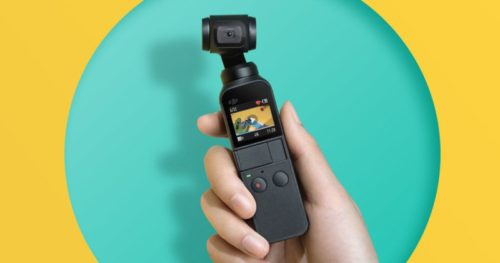
0 Comments